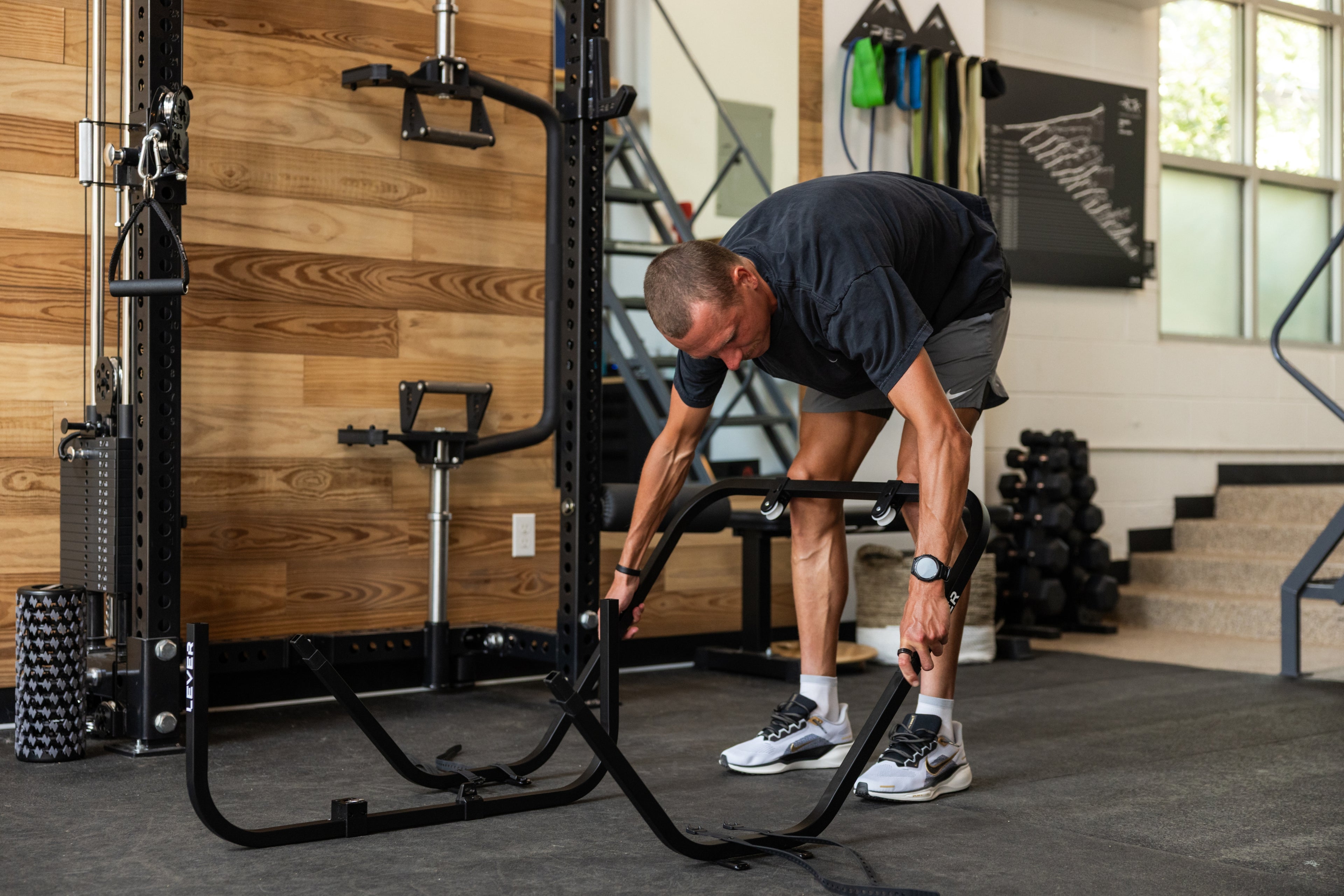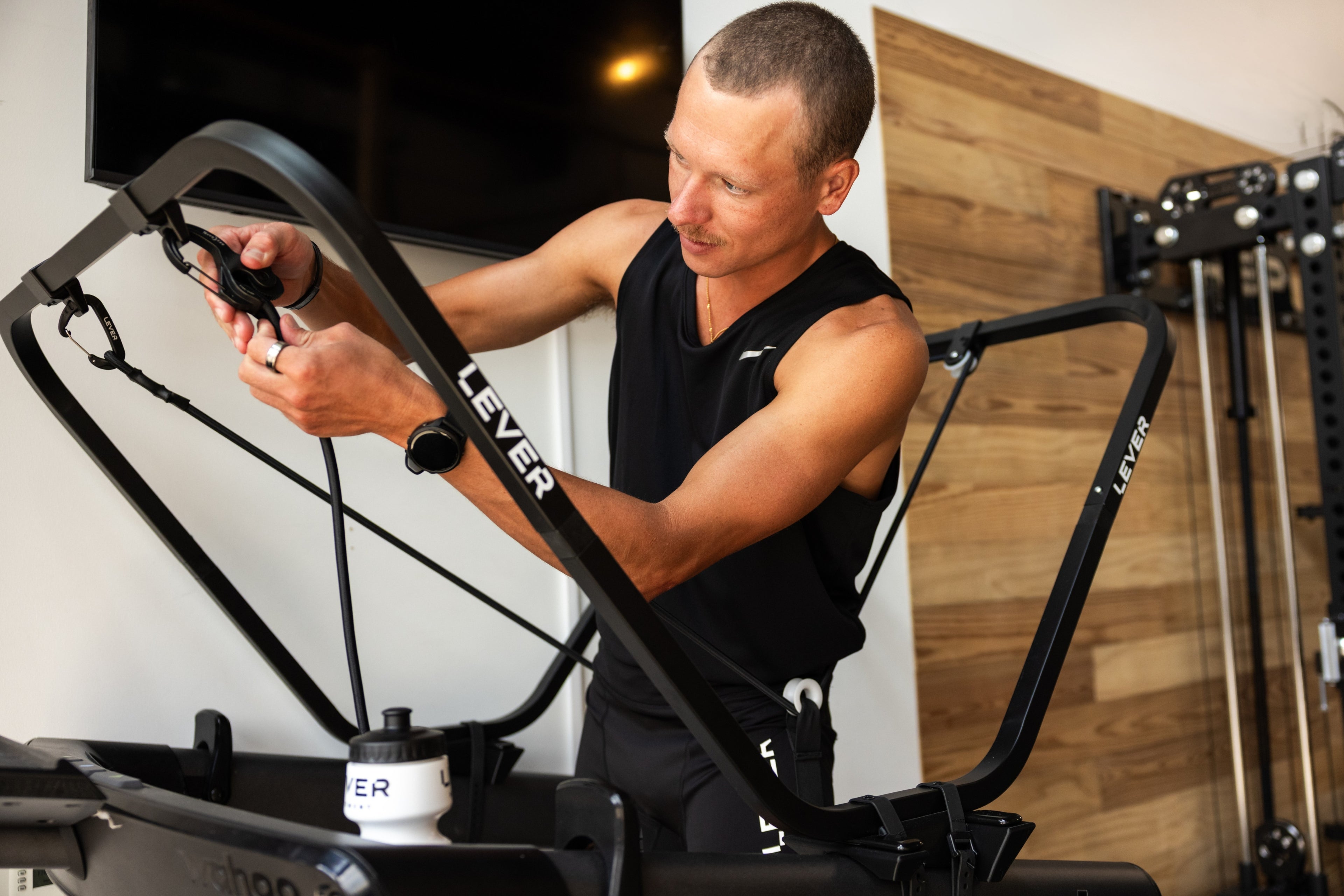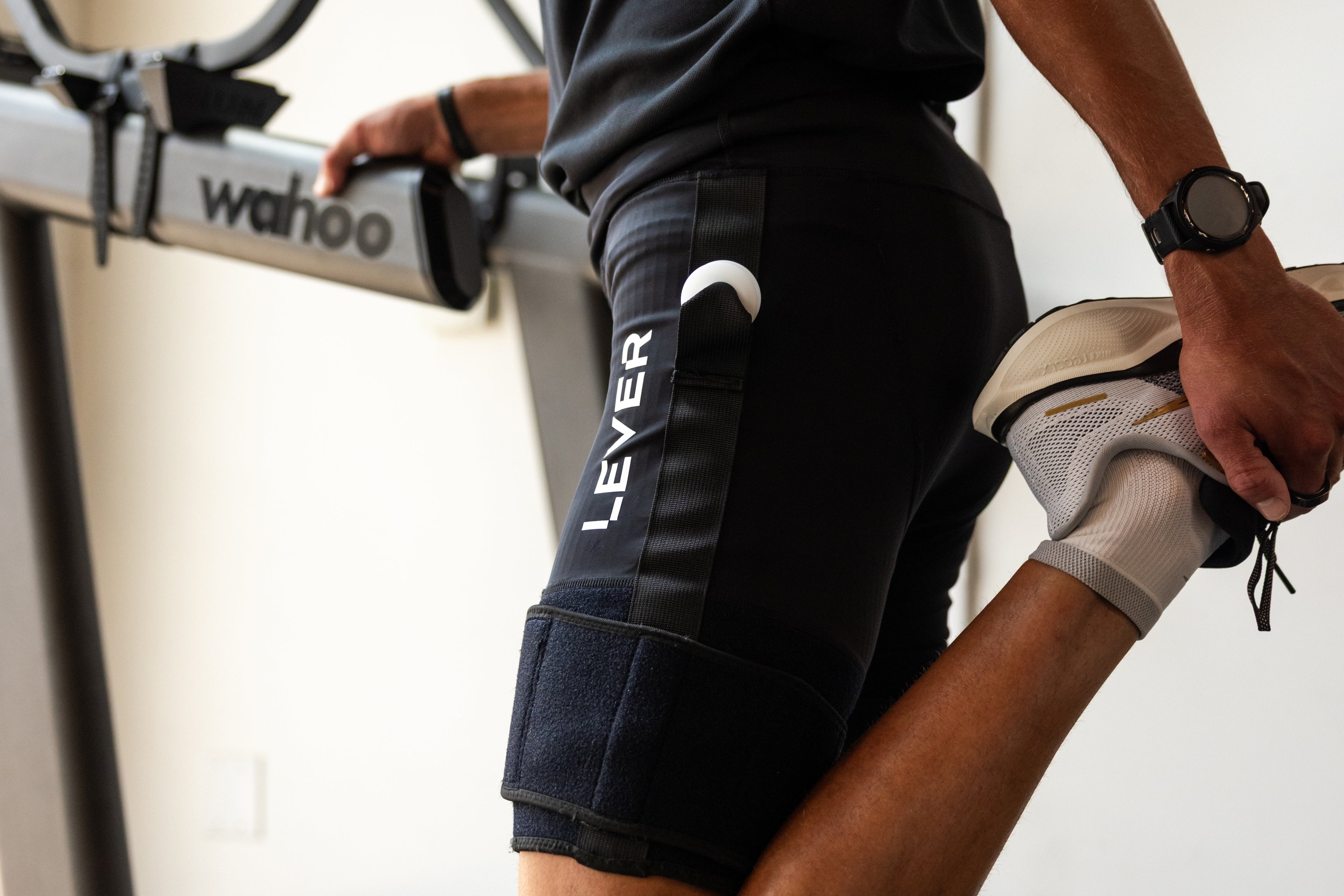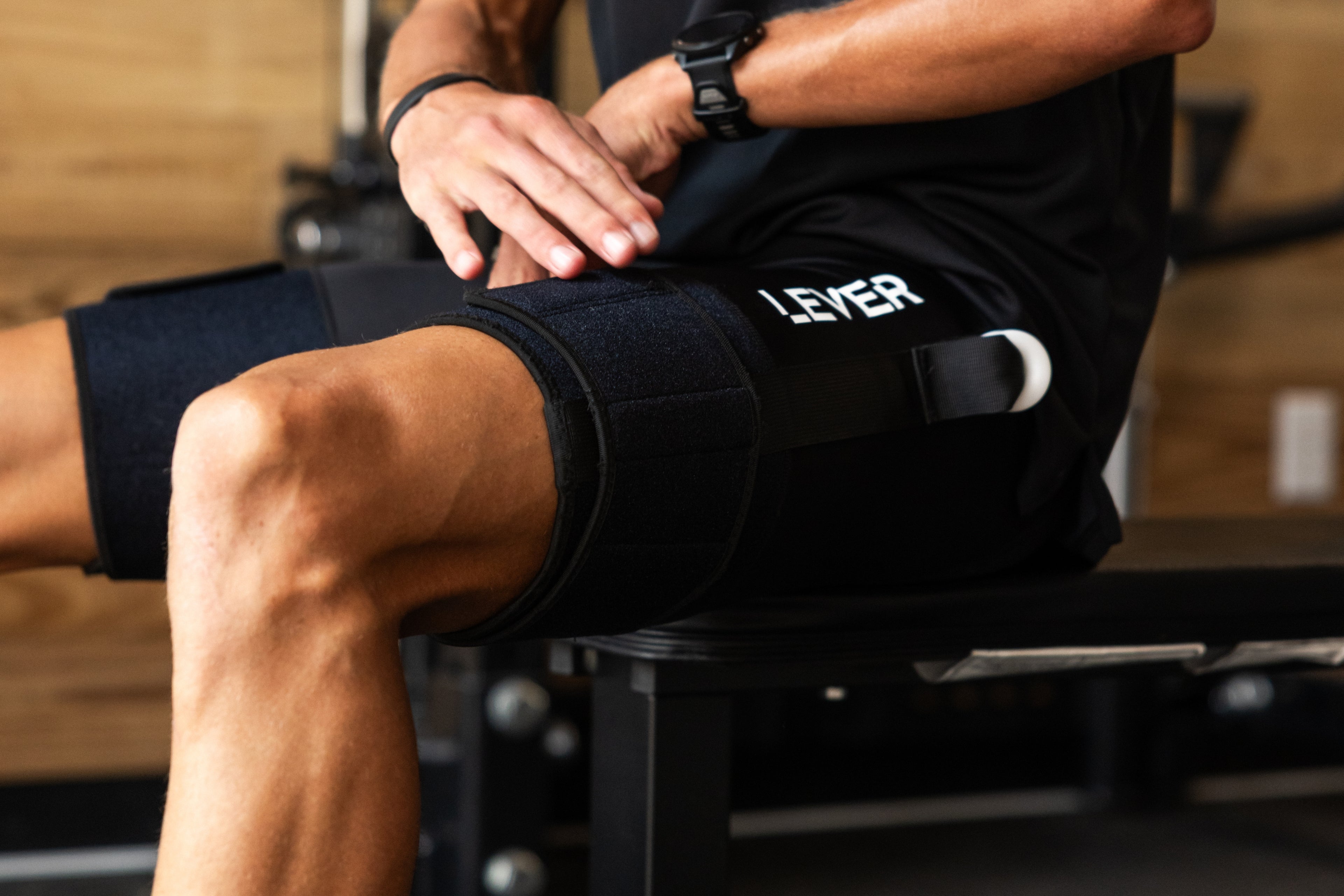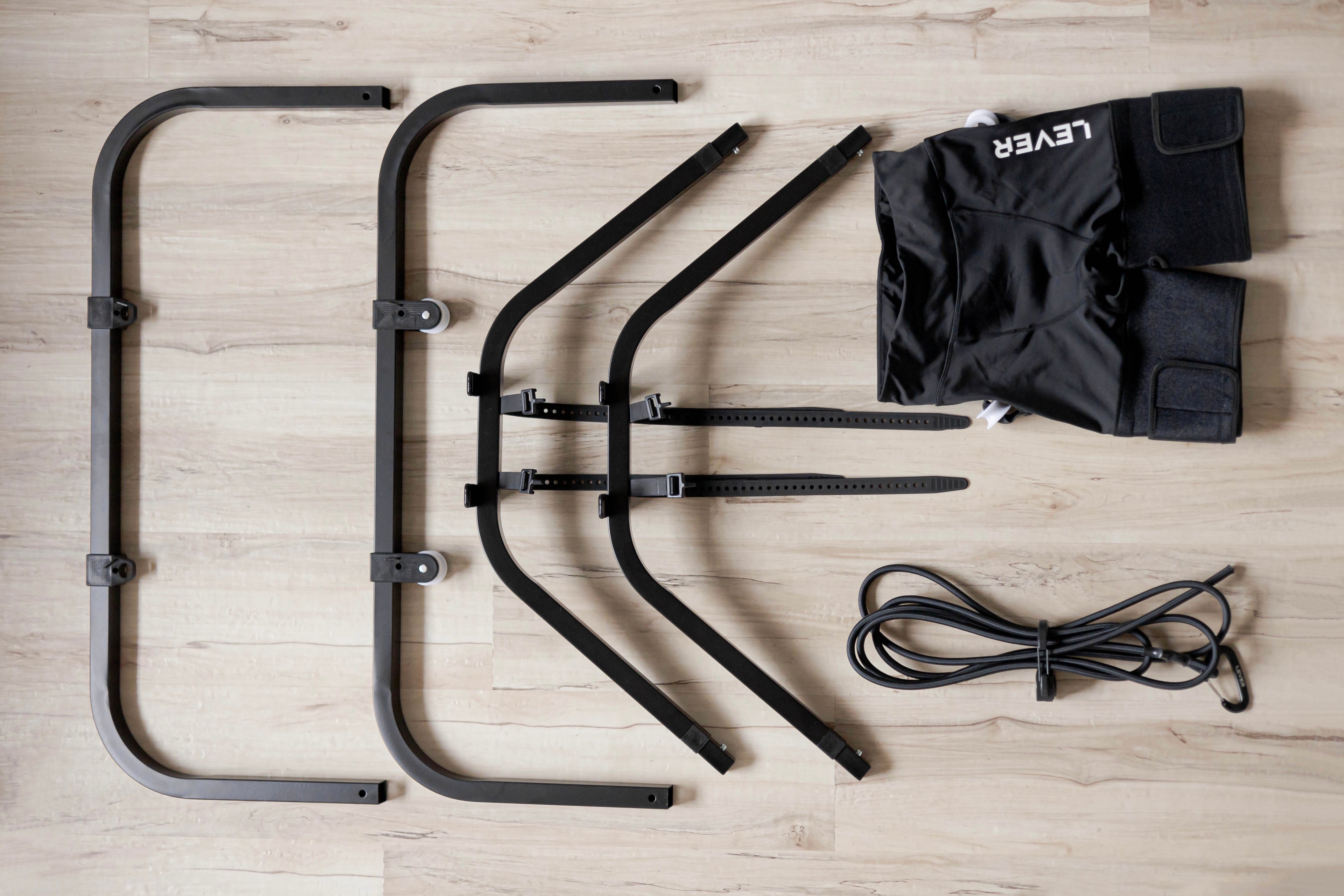Every mile you log is an investment in your fitness, but the return on that investment happens during recovery not just training. The reality? Most overuse injuries that sideline runners and triathletes aren’t random bad luck. They’re the result of inadequate recovery, improper load management, or ignoring early warning signs.
Research shows that up to 70% of endurance athletes experience an injury each year, with overuse being the primary cause. That’s why building smart recovery strategies into your training isn’t optional — it’s essential.
Here are five science-backed strategies to keep your body healthy, consistent, and ready to perform plus how LEVER tools can help you take recovery to the next level.

1. Prioritize Sleep
Sleep is the foundation of recovery. During deep sleep, your body releases growth hormone, repairs muscle fibers, and restores energy systems.
-
Science says: Research from the Journal of Sports Sciences links sleep deprivation with decreased time to exhaustion, impaired glycogen storage, and slower recovery.
-
Action step: Aim for 7–9 hours per night and keep your routine consistent.
2. Fuel Your Body
Training is only half the equation; nutrition completes the cycle.
-
Science says: Studies show that consuming 1.0–1.2g of carbohydrate per kg of body weight, plus 20–40g of protein, within 30–60 minutes post-exercise accelerates recovery.
-
Action step: Pair a carbohydrate source with protein to jumpstart glycogen replenishment and muscle repair.
3. Use Active Recovery With LEVER
Active recovery promotes circulation, removes metabolic waste, and aids muscle repair without adding stress. Using a body-weight support system like LEVER makes those sessions even more effective.
-
Science says: Studies show that light, low-impact exercise after intense workouts reduces muscle soreness and supports faster adaptation.
-
Action step: Try a 20–30 minute LEVER session at a lighter load the day after a tough workout or race to keep blood flowing while reducing impact on joints and muscles.
4. Incorporate Compression Therapy
Compression therapy can speed up recovery and reduce muscle soreness.
-
Science says: A meta-analysis in the Journal of Sports Medicine concluded that compression significantly reduces muscle soreness and may help improve performance between sessions.
-
Action step: Use compression boots or garments for 20–30 minutes after hard training or racing.
5. Listen to Your Body
The athletes who stay injury-free are the ones who know when to push — and when to pull back.
-
Science says: Ignoring early signs of overtraining, like persistent soreness or fatigue, increases the risk of stress fractures, tendinopathies, and burnout.
-
Action step: Keep track of how your body feels in a recovery journal and adjust your training when needed.
Real Athlete Example
When pro triathlete Laura Philipp was building toward her record-breaking Ironman marathon, recovery was just as important as training. She used the LEVER system for low-impact recovery runs and the LEVER Recovery Boots after key sessions to flush soreness and speed up her turnaround between workouts. That combination kept her healthy and consistent and helped her step onto the start line ready to perform.
Consistency is the key to performance, and that means training smarter, not just harder. By pairing these science-backed recovery strategies with LEVER’s body-weight support system, you’ll train more consistently, recover faster, and show up to the start line healthy and confident.












